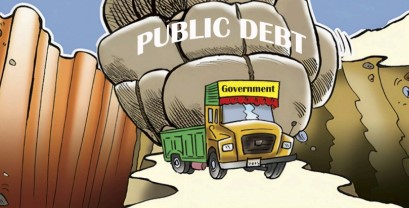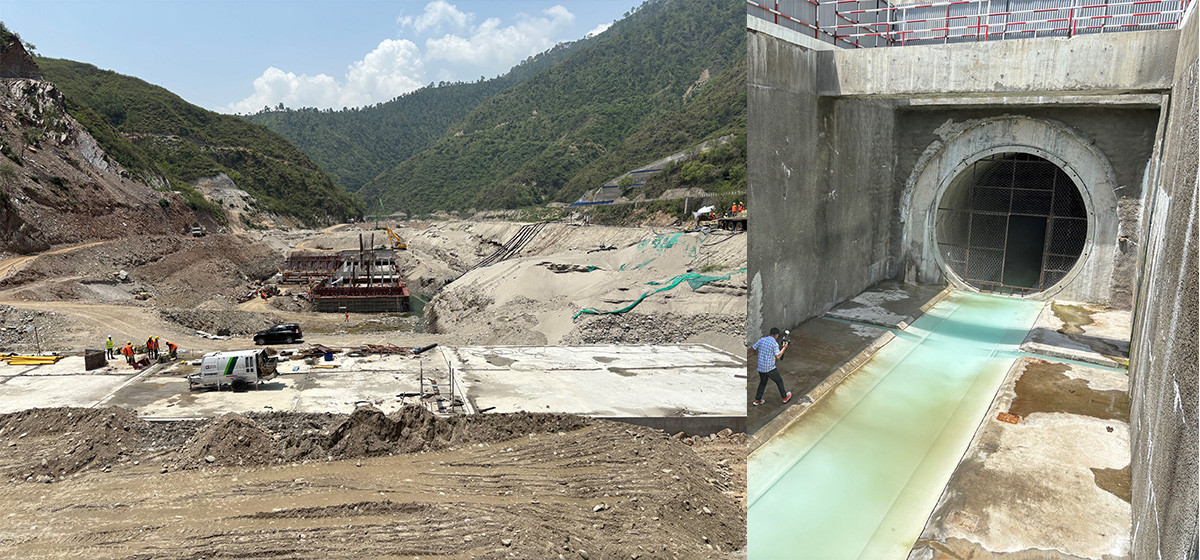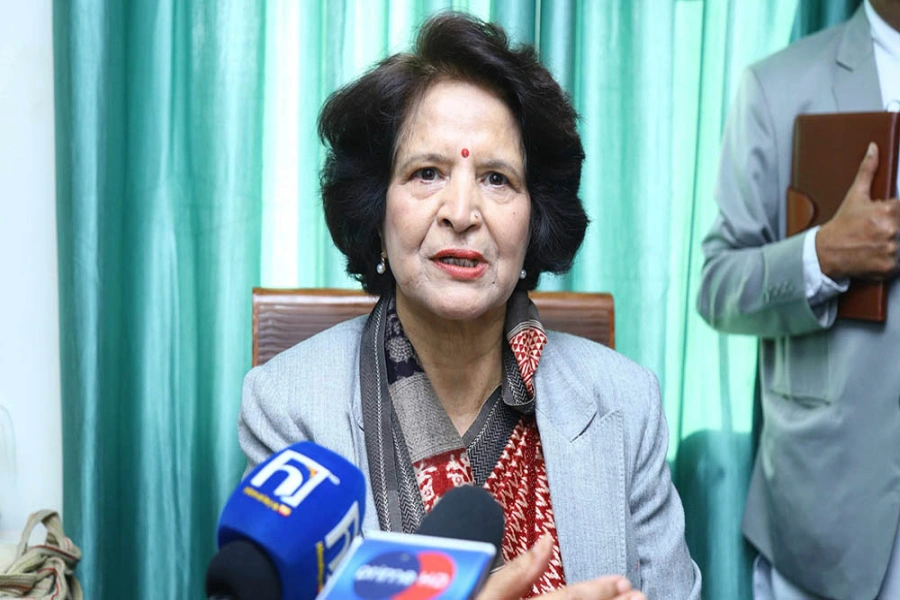KATHMANDU, Aug 8: The government has barred the concerned organizations from spending more than 20 percent of the allocated fund to combat climate change for administrative purposes.
While tightening the noose on the utilization of climate funds, the government has sought to mobilize sub-national governments, the private sector, and non-governmental organizations. The sub-national governments have been proposed to receive more marks during their performance evaluation based on their work in the areas of climate change. “If provincial governments and local governments wish to mobilize such funds, the federal government can disburse the funds only through conditional grants under the budgetary system.”
The ‘Climate Fund Mobilisation Work Procedure 2025’ prepared by the Ministry of Finance (MoF) has come forth with the aforementioned plans. The MoF has sought feedback from stakeholders on the prepared draft of the guidelines.
Revised interest rate corridor system introduced
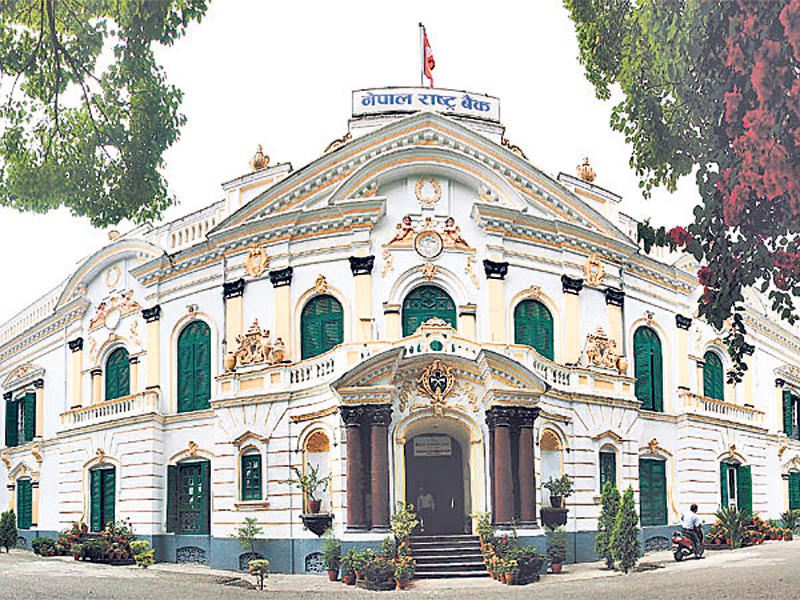
According to officials at the MoF, the planned new rule in this segment aims to solve the problems created by climate change and to effectively mobilize aid funds received from the international community. The working procedure has given high priority to areas such as addressing damages, climate adaptation, emission reduction, and carbon trading.
While formulating policies, plans, and programs, government bodies will also have to comply with the country’s prevailing laws on climate change, the government's commitments at the international level, foreign aid mobilization policy, national adaptive plans, provincial and local-level adaptation plans, nationally determined contributions related to climate change, and contributions to the Sustainable Development Goals enforced by the United Nations.
Although Nepal’s contributions to climate change are not significant, the country is compelled to face environmental problems along with natural disasters. Water sources are drying up, the problem of floods and landslides in the Himalayan region is growing, the snowfall belt is moving upwards, and the snow-capped mountains are turning into black rocky mountains. The risk of floods and landslides has increased, and the rainfall cycle has also changed.
According to the MoF, the government has prepared the draft with the aim of dealing with these and other underlying problems. As the need for financial resources to combat climate change-related problems is growing, the country cannot stand alone relying on its internal resources. The guideline aims to put forward efforts to search for and increase access to external resources.




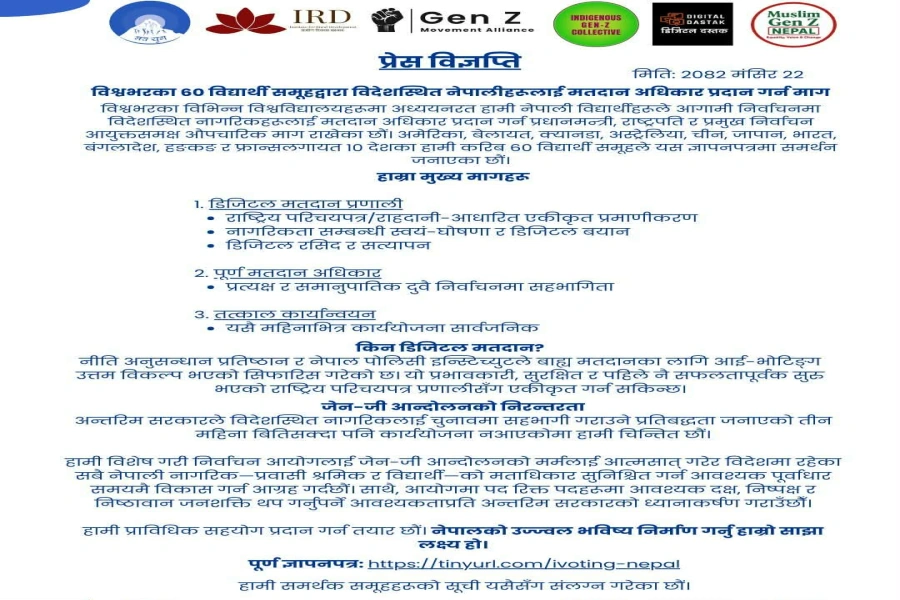




_20240309161133.jpg)




